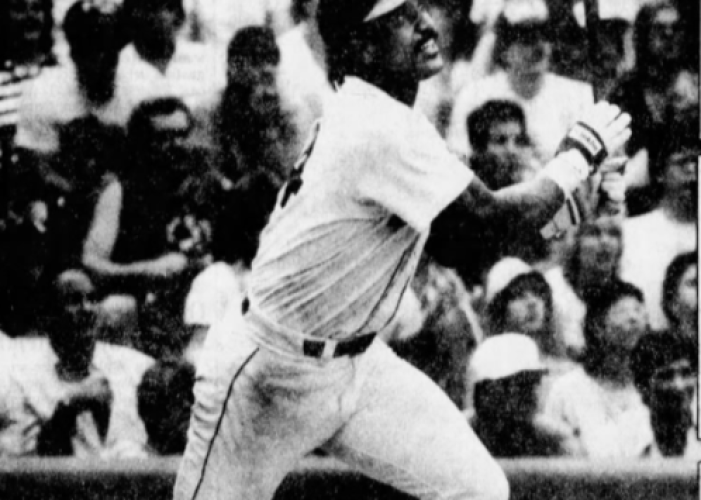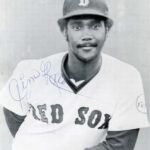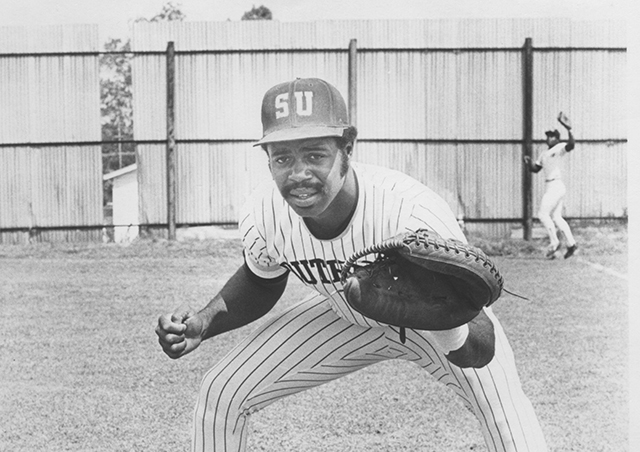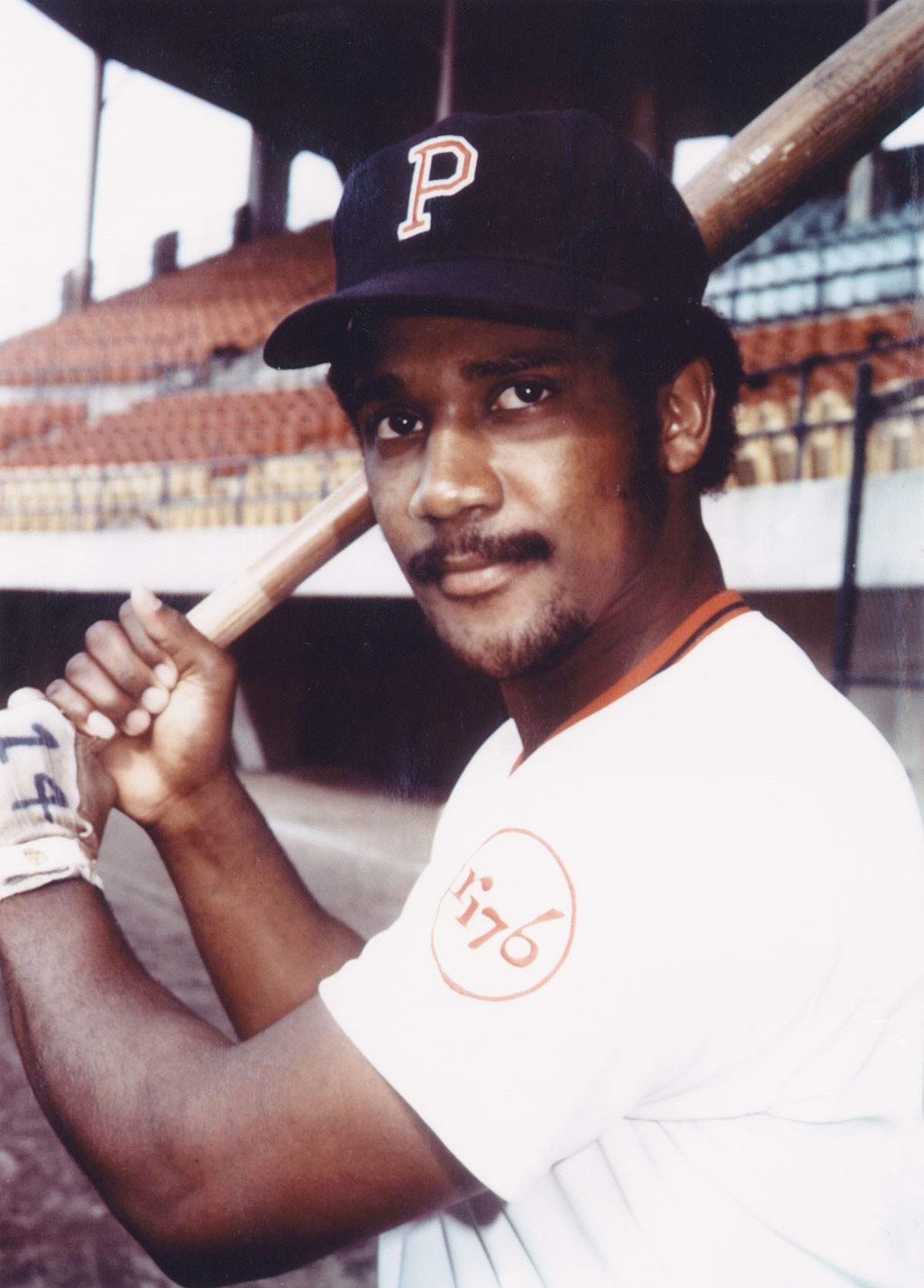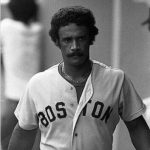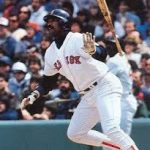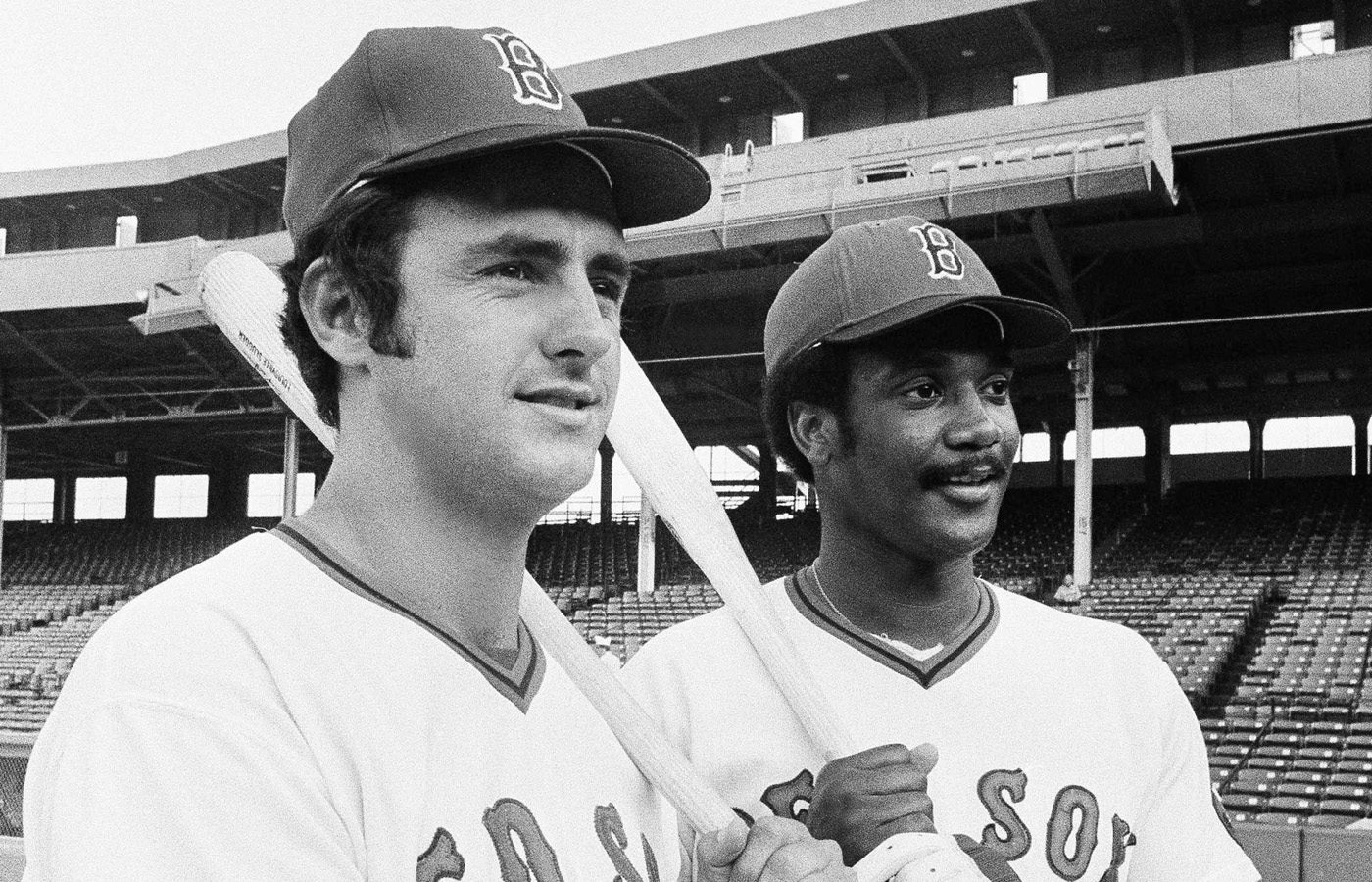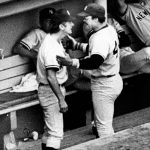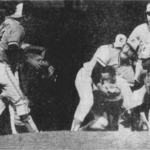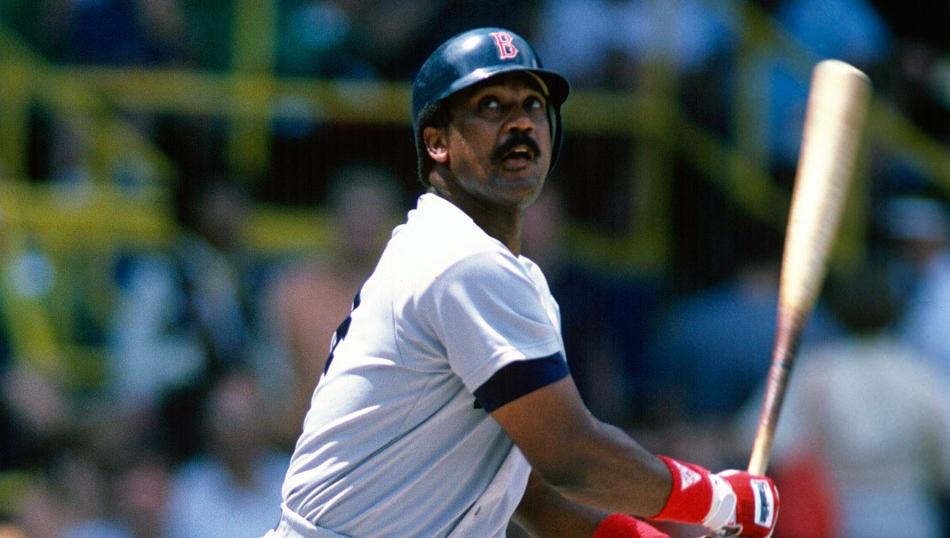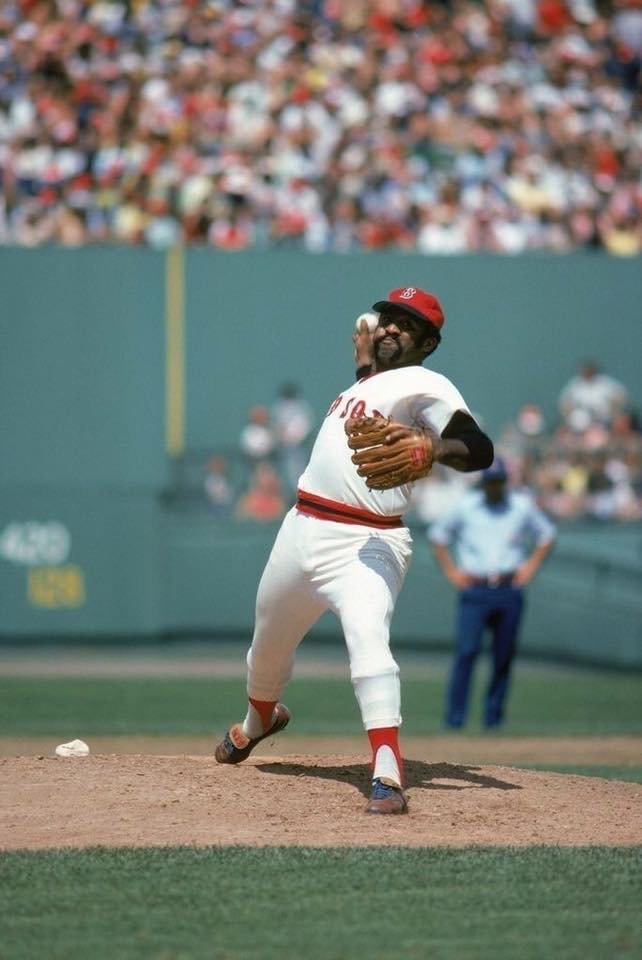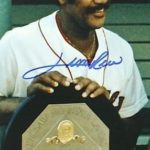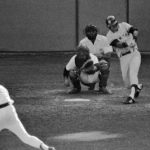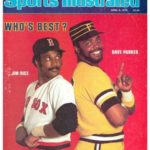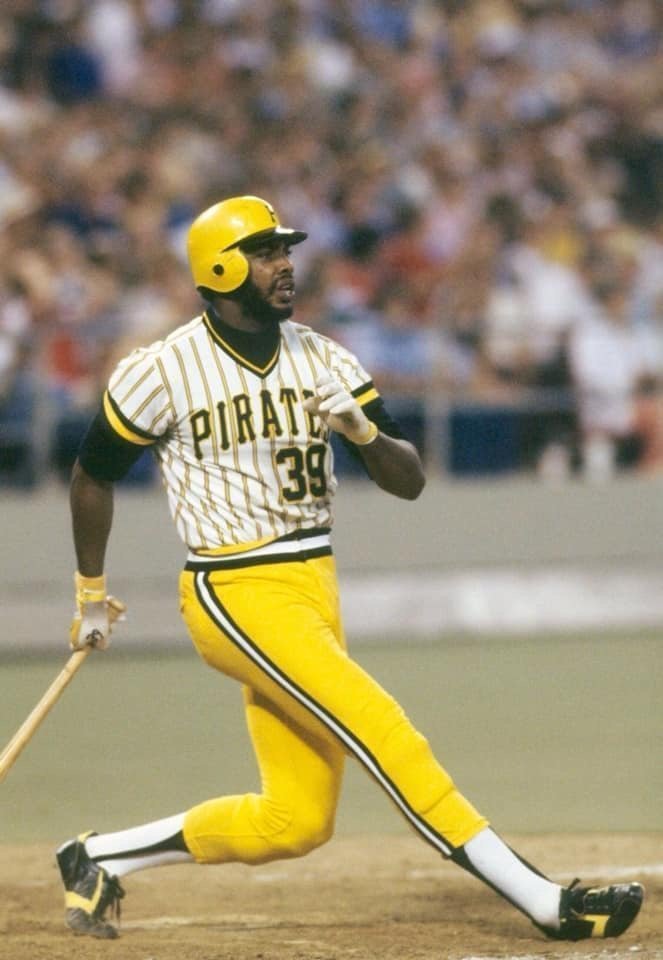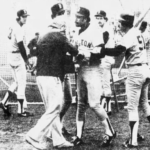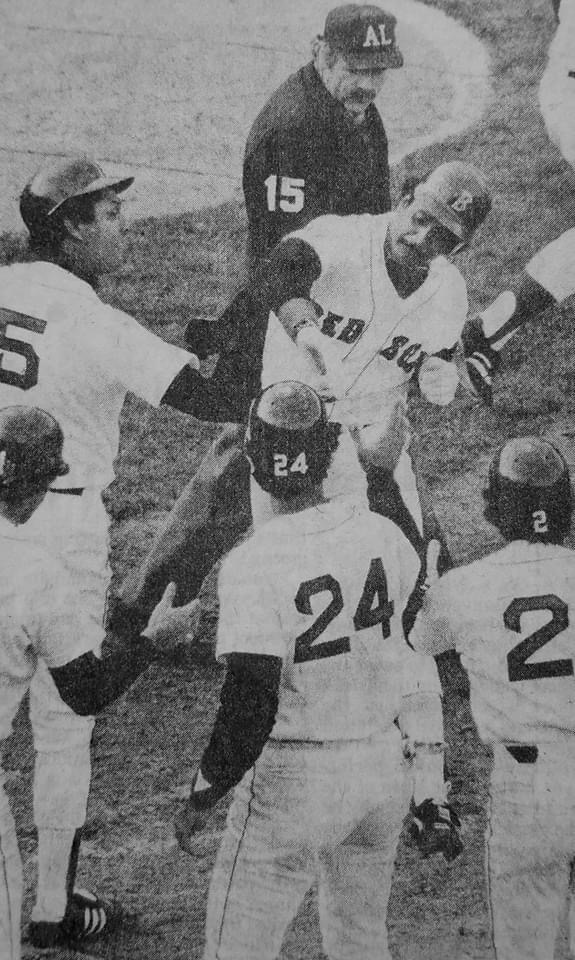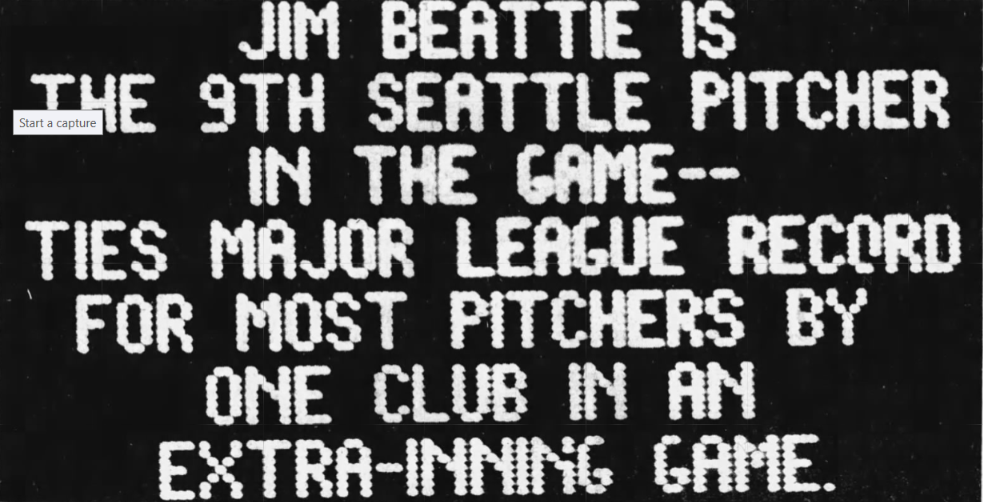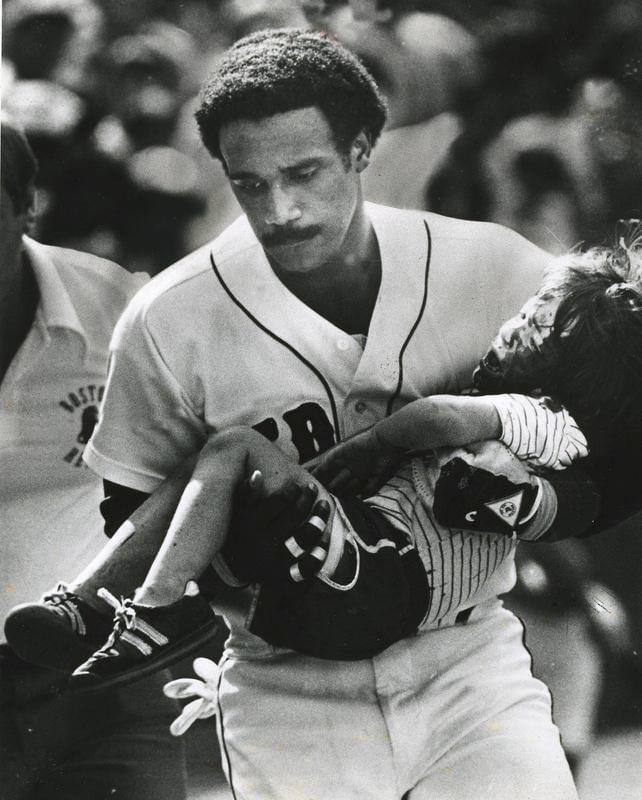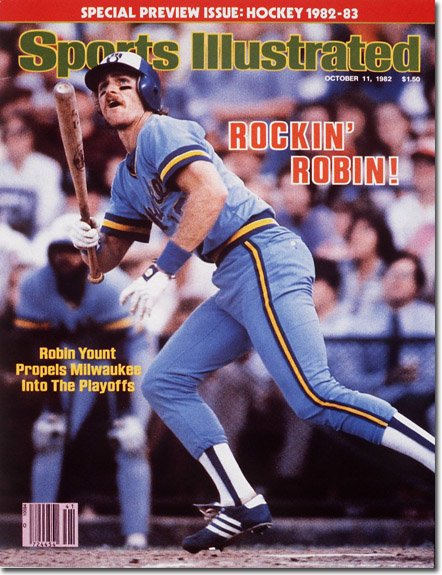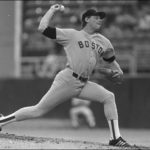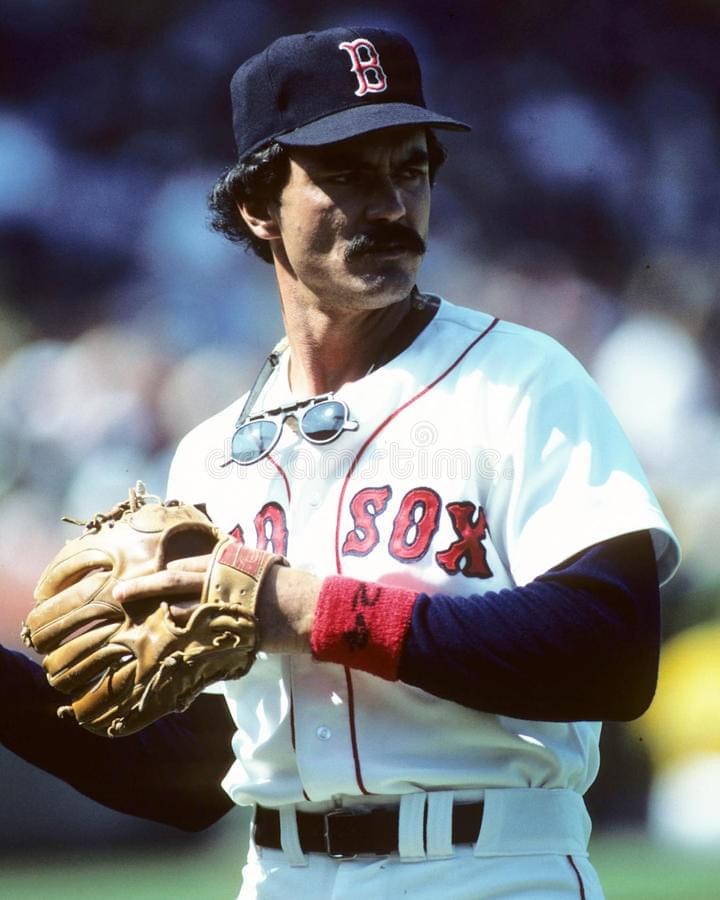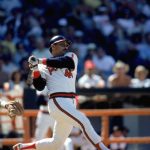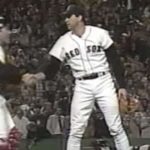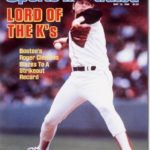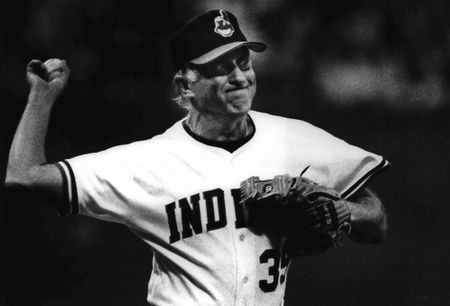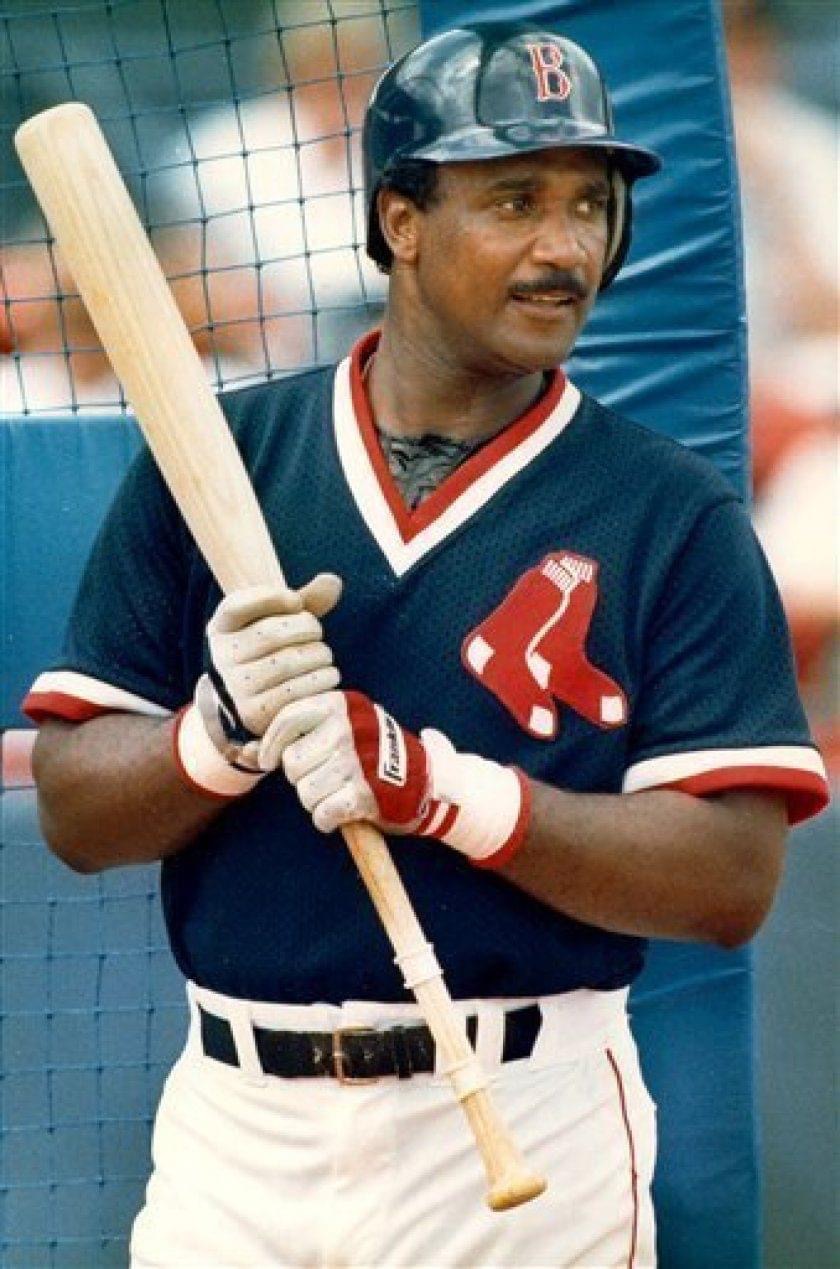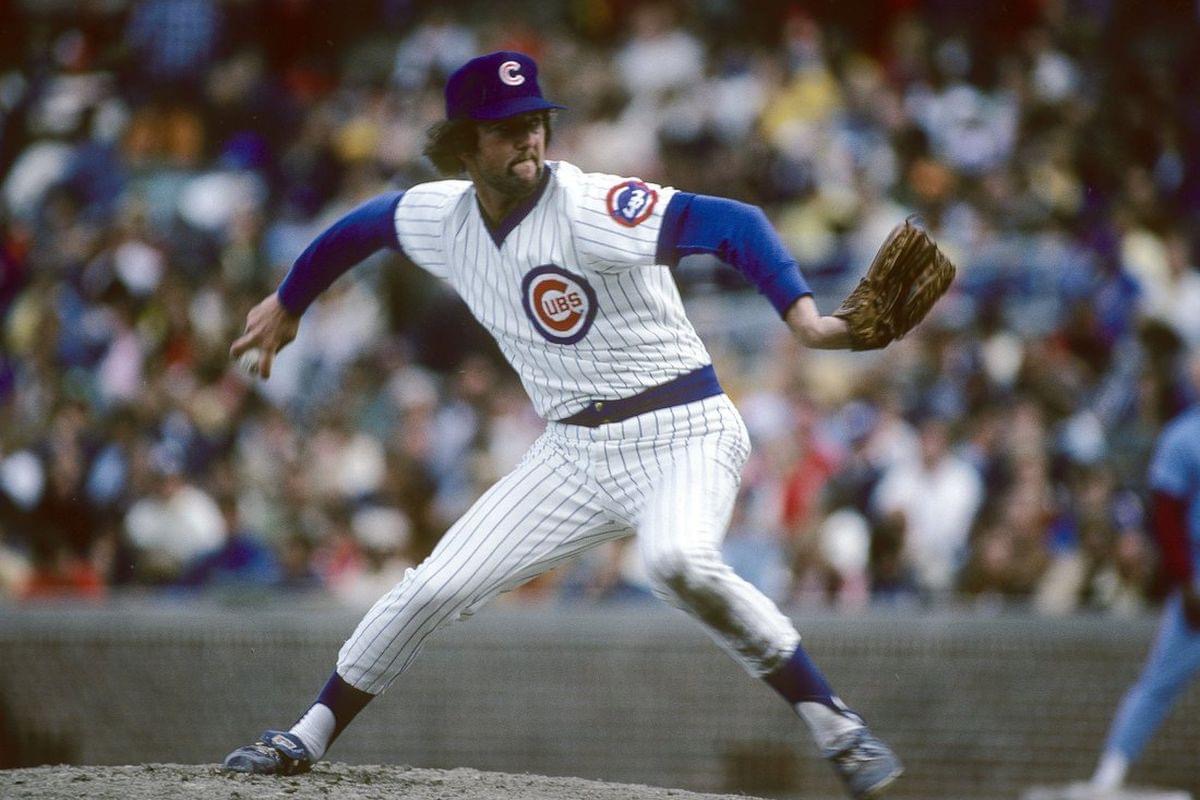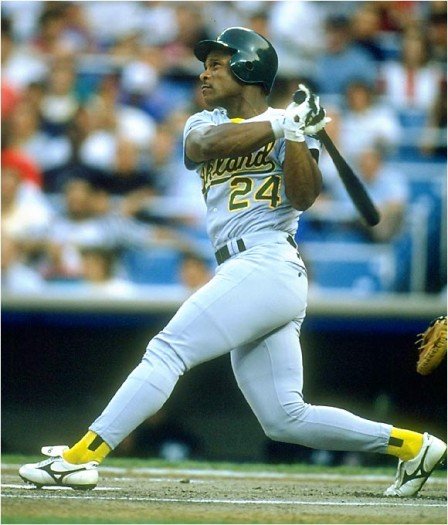Jim Rice
Positions: Leftfielder and Designated Hitter
Bats: Right • Throws: Right
6-2, 200lb (188cm, 90kg)
Born: March 8, 1953 in Anderson, SC
High School: T. L. Hanna HS (Anderson, SC)
Debut: August 19, 1974 (13,545th in major league history)
vs. CHW 2 AB, 0 H, 0 HR, 1 RBI, 0 SB
Last Game: August 3, 1989
vs. CLE 3 AB, 0 H, 0 HR, 0 RBI, 0 SB
Hall of Fame: Inducted as Player in 2009. (Voted by BBWAA on 412/539 ballots)
View Jim Rice’s Page at the Baseball Hall of Fame (plaque, photos, videos).
Full Name: James Edward Rice
Nicknames: Jim Ed
View Player Info from the B-R Bullpen
View Player Bio from the SABR BioProject
Jim Rice made his Major League debut on August 19, 1974, he was the 13,545th in major league history, against the Chicago White Sox he went 0-2 with an RBI
Nine Players Who Debuted in 1974
Robin Yount
Gary Carter
Jim Rice
Keith Hernandez
Fred Lynn
Jim Sundberg
Kent Tekulve
Dennis Leonard
John Montefusco
The Jim Rice Teammate Team
C: Carlton Fisk
1B: George Scott
2B: Marty Barrett
3B: Wade Boggs
SS: Rick Burleson
LF: Carl Yastrzesmki
CF: Fred Lynn
RF: Dwight Evans
DH: Don Baylor
SP: Luis Tiant
SP: Fergie Jenkins
SP: Dennis Eckersley
SP: Roger Clemens
SP: Tom Seaver
RP: Bill Campbell
M: Don Zimmer
Notable Events and Chronology for Jim Rice Career
Biography
As a successor to Ted Williams and Carl Yastrzemski in left field for the Boston Red Sox, Jim Rice emerged as the AL’s most feared slugger in the late 1970s and early 1980s. The rock-solid 6’2″ 200-lb righthander used his quick, compact stroke and immensely strong wrists to send home runs crashing into upper decks or soaring completely over the screen above Fenway Park’s Green Monster. Rice was the classic “strong, silent type,” and his silence was often perceived as moodiness. But his feats of strength spoke for themselves. He once broke a bat on a checked swing without hitting the ball, and he has reportedly had golf clubs bend in his hands on the downswing. Rice always had the ability to hit the ball to all fields, but as he aged he began to concentrate on slapping the ball to the opposite field almost exclusively, keeping his batting average near .300 while still averaging over 20 HR per year. His average declined in the late 1980s, reaching career lows in three consecutive seasons through 1989.
After winning the Eastern League batting title at Bristol in 1973 and the International League Triple Crown (.337, 25 HR, 93 RBI), Rookie of the Year, and MVP awards at Pawtucket in 1974, Rice teamed with Fred Lynn in the Red Sox’ outfield in 1975 to form baseball’s most powerful rookie tandem. Rice hit .309 with 22 HR and 102 RBI and Lynn was AL Rookie of the Year and MVP as Boston reached the WS. But Rice missed the entire postseason after Tiger pitcher Vern Ruhle broke his left hand with a pitch during the last week of the regular season. Rice came back to hit .282 with 25 HR in 1976, and he led the AL in home runs for the first time in 1977 with 39, while batting .320. In 1978, Rice established himself as the AL’s premier power hitter. He finished third in batting with a .315 average while leading the league in HR (46), RBI (139), hits (213), triples (15), and slugging percentage (.600). His 406 total bases were the highest AL total since Joe DiMaggio’s 418 in 1937, and he edged Yankee pitcher Ron Guidry (25-3, 1.74) for the AL MVP award. However, the Yankees beat the Red Sox in a one-game playoff and went on to win the WS.
In 1979, Rice hit .325 with 39 HR and 130 RBI, and became the only player in ML history with three consecutive 35 HR-200 hit seasons. Rice suffered subpar seasons in 1980-82, missing 31 games in 1980 with a fractured wrist and one-third of 1981 due to the players’ strike, but he led the AL in HR (39) and RBI (126) a final time in 1983, while batting .305. He drove in at least 100 runs each season from 1983 to 1986, and in 1986 he recorded the second-highest batting average of his career, .324, as the Red Sox won the AL East. Getting his first opportunity in postseason play, Rice struggled against the Angels in the LCS, but his three-run HR clinched Game Seven. He went 9-for-27 against the Mets in the seven-game WS, scoring six runs. In 1987 his batting average fell below .280 for the first time, and he hit only 13 HR. Off-season knee surgery failed to correct the problem in 1988. Rice was forced into the DH role by the emergence of Mike Greenwell and hit only .264 with 15 HR. His frustration came to a head when he engaged in a much-publicized shoving match with 57-year-old manager Joe Morgan after Morgan sent Spike Owen up to pinch hit for him. Boston released Rice after an injury-marred season in 1989.
Rice was never blessed with great speed or agility in left field, but he mastered the intricacies of Fenway Park’s left-field wall. He was particularly adept at decoying opposing baserunners, who would often be surprised to slide into outs at second base after ripping line drives high off The Wall. In 1983, Rice recorded a career-high 21 assists. Rice’s consistent failing throughout his career was his penchant for grounding into double plays. A slow-footed righthanded batter who usually hit the ball hard, he grounded into a ML-record 36 double plays in 1984, and 35 in 1985.
He helped the Boston Red Sox to two World Series, the first as a rookie, the second at the age of 33 when he hit .324. He scored 14 runs and plated seven in 18 post-season contests.
On the Red Sox’ all-time leader lists, he trails only Williams and Yastrzemski in HR, RBI, hits, and total bases.
Best Season, 1978
Rice’s 1977, 1978, and 1979 seasons were virtually identical as far as his raw numbers go. His batting averages — .320/.315/.325; slugging — .593/.600/.596; and homers — 39/46/39 for that three-year stretch are remarkably consistent. Rice reached 200 hits each year, and also collected 100 runs scored, 100 RBI, and averaged more than 50 walks and 30 doubles. In both 1977 and 1978 he hit 15 triples, not an easy feat for a guy that played half his games in cramped Fenway.
Awards and Honors
1978 AL MVP
Post-Season Appearances
1986 American League Championship Series
1986 World Series
1988 American League Championship Series
Description
Some current analysts argue that his career was too short — but he played more than 2,000 games and made more than 2,400 hits. Some say he peaked too early, yet he won an MVP at the age of 25, and led the majors in total bases and his league in home runs five years later when he was 30. When he was 33 he ranked fifth in the AL in batting (.324), fourth in RBI (110), tied for third in doubles (39), and tied for fifth in hits (200). Much of the ill-feeling toward Rice exists because of his boorish attitude. Some actually fault him for inexplicably losing his skills at an early age (he hit 31 homers in his last three years, and his slugging percentage crashed to the sub-.400 range.) True, by the time he was 36 he was out of baseball, but for a decade (1977-1986) he was one of the most feared offensive players in the game.
Factoid
In 1978, Jim Rice became the first player to reach 400 total bases in 19 years (Henry Aaron, 1959).
Minor League Experience
With Pawtucket in 1974, Rice won the triple crown.
Injuries and Explanation for Missed Playing Time
Rice missed the entire post-season in 1975 due to broken hand suffered from a Vern Ruhle fastball.
Hitting Streaks
21 games (1980)
21 games (1980)
18 games (1976)
18 games (1976)
15 games (1980)
15 games (1980)
All-Star Selections
1977 AL
1978 AL
1979 AL
1980 AL
1983 AL
1984 AL
1985 AL
1986 AL
Other Resources & Links
More Rice Pages

